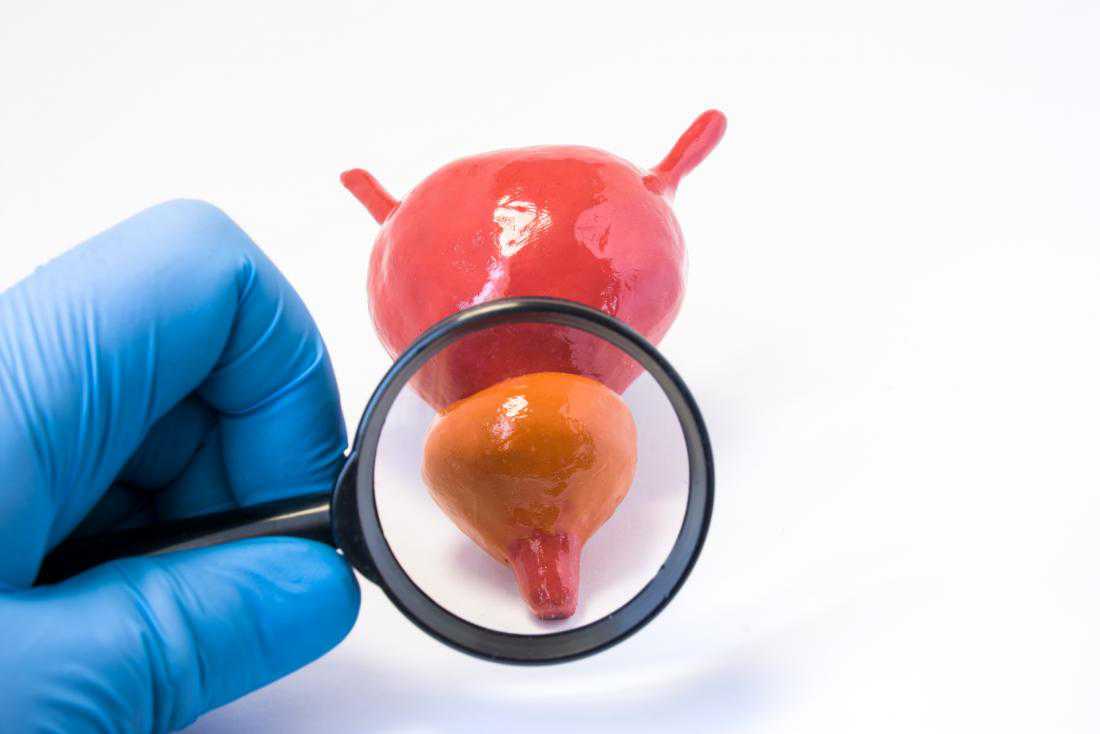Gold nanoparticles could destroy prostate cancer
24 December, 2018

In an ongoing clinical trial, researchers are using gold nanoparticles to target prostate cancer cells. So far, the results are promising, and side effects are relatively minimal.
Prostate cancer affects around 1 in 9 men in the United States.
Due to its high prevalence, researchers are constantly looking for improved treatment options.
Recently, a team from the University of Texas Health Science Center at Houston (UTHealth) tried an innovative approach to prostate cancer treatment using gold.
Prostate cancer is treatable, and results are best when doctors detect it early. However, treatment can be unpleasant and cause significant side effects.
Treatment options include radiation therapy, chemotherapy, cryotherapy, and radical prostatectomy, which is the removal of the entire prostate gland and some of the surrounding tissue.
Gold nanoparticles and prostate cancer
The cutting-edge therapy under investigation in the current study uses nanoparticles, which consist of small layers of silica glass in the shape of a sphere. A very thin layer of gold coats each sphere.
The nanoparticles seek out cancer cells and enter them. Using a laser to stimulate the nanoparticles, the researchers make them vibrate and pulse with extreme temperatures, which kills the cancerous tissue.
This treatment preserves the surrounding healthy tissue, which includes vital nerves and the urinary sphincter. This should prevent people experiencing some common side effects of prostate cancer treatment, such as urinary incontinence and impotency.
"The side effects of current prostate cancer treatments can be extremely traumatic," says Dr. Steven Canfield, chair of the division of urology at McGovern Medical School at UTHealth. "This new technology holds the potential to eliminate those life-altering effects, while still removing the cancer tissue and reducing hospital and recovery time."
Dr. Canfield notes that the first participant in this trial experienced great results and was even able to ride a bike within the first week following treatment.
Prostate cancer is common, yet treatable
The American Cancer Society (ACS) state that, other than skin cancer, prostate cancer is the most common cancer in men in the U.S. It is also the second leading cause of cancer death in this population, following lung cancer.
Despite these statistics, the ACS note that most men with a prostate cancer diagnosis do not die from the disease. There are more than 2.9 million men in the U.S. who are alive today despite having a prostate cancer diagnosis in their past.
Early diagnosis is certainly beneficial as the 5-year relative survival rate for those who have prostate cancer in the local stage is close to 100 percent.
Local stage means that cancer has not spread outside of the prostate. People who have cancer that has spread beyond the prostate but only to the nearby areas also have a similar outlook.
The 5-year relative survival rate for those with advanced prostate cancer that has spread to distant lymph nodes, bones, or other organs is around 29 percent. However, when looking at all prostate cancer cases in all stages, this survival rate is 99 percent.
TAG(s):
